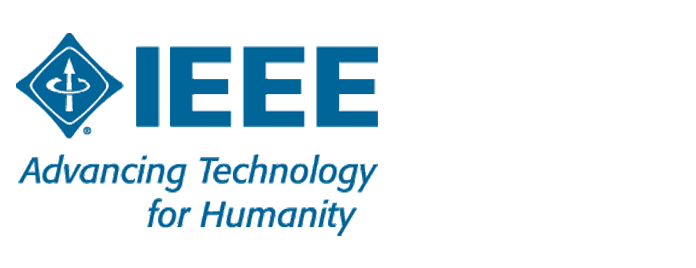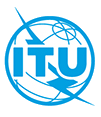Industrial automation systems and integration - Product data representation and exchange - Part 46: Integrated generic resource: Visual presentation
ISO 10303-46 specifies the integrated resource constructs for Visual presentation. ISO 10303-46 specifies the integrated resources for the visualization of displayable product information. Presentation data as described in ISO 10303-46 are combined with product data and are exchanged together between systems with the aim that the receiving system can construct one or several pictures of the product information suitable for human perception. Product information can be visualized in two ways: either by realistic, life-like images according to the rules of projective geometry and light propagation and reflection, or by symbolic presentations that conform with draughting standards and conventions. ISO 10303-46 supports both types of presentations. The two types of visualization processes require different kinds of graphical transformations and these can be combined in the same picture. The actual generation of the picture from the product information and its presentation data is left to the receiving system. The rendered depiction can deviate from an ideal target because of limitations in the capabilities of graphics systems.

ISO 10303-46:2022
https://www.iso.org/standard/84676.html


